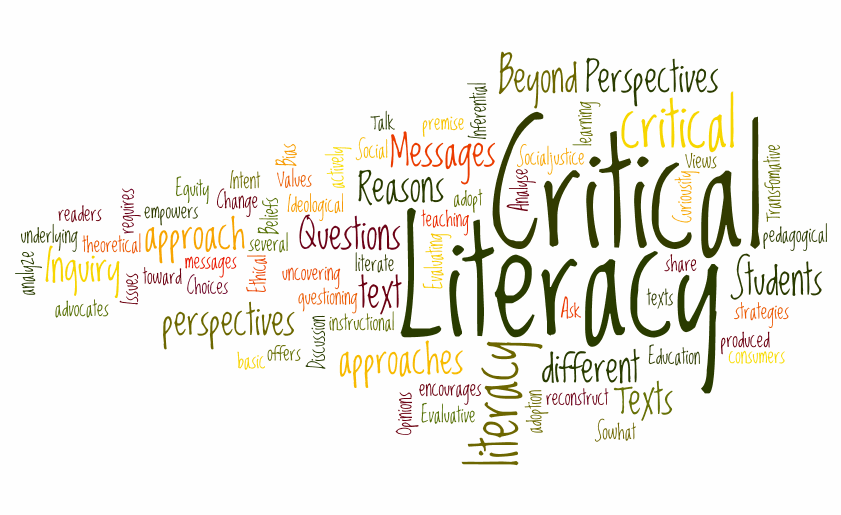Instruction versus Pedagogy
- Kaitlynn
- Nov 20, 2018
- 2 min read
Updated: Nov 21, 2018
One thing to think about when discussing multiliteracies is the difference between instruction and pedagogy. We refer to multiliteracies as a pedagogy, NOT a type of instruction in the classroom. But why is that?
Instruction consists of delivering the curriculum to the student. This means using pre-existing material to teach the same concepts to new students. It leads the learner in a particular direction to grasp these concepts.
Pedagogy consists of leading the student to act on their learning. It aids in evolving the education system to match with the always evolving world around us. A teacher's pedagogy refers to their personal values, morals, and ethics towards education and learning. Pedagogy is what links the student to the curriculum.
So why are these definitions important to understand?
We as teachers want to develop a pedagogy of multiliteracies, which may use instruction and instructional strategies, but that is focused on the abilities and the interests of our students and which goes far beyond instruction. As we have seen in the four aspects of creating a multiliteracies pedagogy, we need to allow opportunities for students to experience what they are learning in authentic, meaningful ways. They need to analyze what they are learning to become more critical thinkers, and they need to be able to apply their learning to the world around them in a meaningful way. As a result, we are teachers are not simply teaching the curriculum, using the same worksheets again and again, but we are opening the classroom up o a world of opportunities where students can create, discover and transform their learning.
I believe an important aspect of the pedagogy is critical framing. Students need to be taught to question, analyze, and critique what they are reading and hearing. Growing up, I was not told to question what was taught. Whatever we read in school, in our textbooks, we believed was correct and unbiased. The issue with this is that our education system is so designed in a colonized, eurocentric perspective, that students are often not given the chance to explore other perspectives. I found this very prominent in history classes. In school we learned about settlers coming to North America, establishing villages and communities, and we celebrated these discoveries. Rarely did we look at the perspective of the Indigenous, and when we did, it was not in a negative way. Imperialism was never seen as a bad thing, instead it was normalized in school and we thought nothing else of it. Today in schools I see a huge difference in what students are now learning in history classes. First of all, teachers rarely use the outdated textbooks (the ones that I also used 10+ years ago). As well, students are given opportunities to explore the effects of historical changes on various groups in Canada and elsewhere. Furthermore, students are more critical of what they are reading in the textbooks or online. They can evaluate whether or not a website is a reliable source or not, and whether its information is biased. Critical framing is extremely important in classrooms if we want to transform our education system and student learning.

Above is an example that I found online of a History textbook that fails to present the Indigenous perspective of colonization correctly.



I love your comparison of history and critical framing. I feel that during my own education I learned so little of the Indigenous side of history. It is said that history is written by the winners. If Germany had won WW2 it would've been taught much different than it is now. With that being said we would be living in a different world as well. However, it is important to understand whose voices are prevalent within history and education. I feel like history is such an important topic to insert critical framing of curriculum into because of how one sided it has been traditionally. We only really learn of the history of white European settlers. Other voices are often disregarded,…